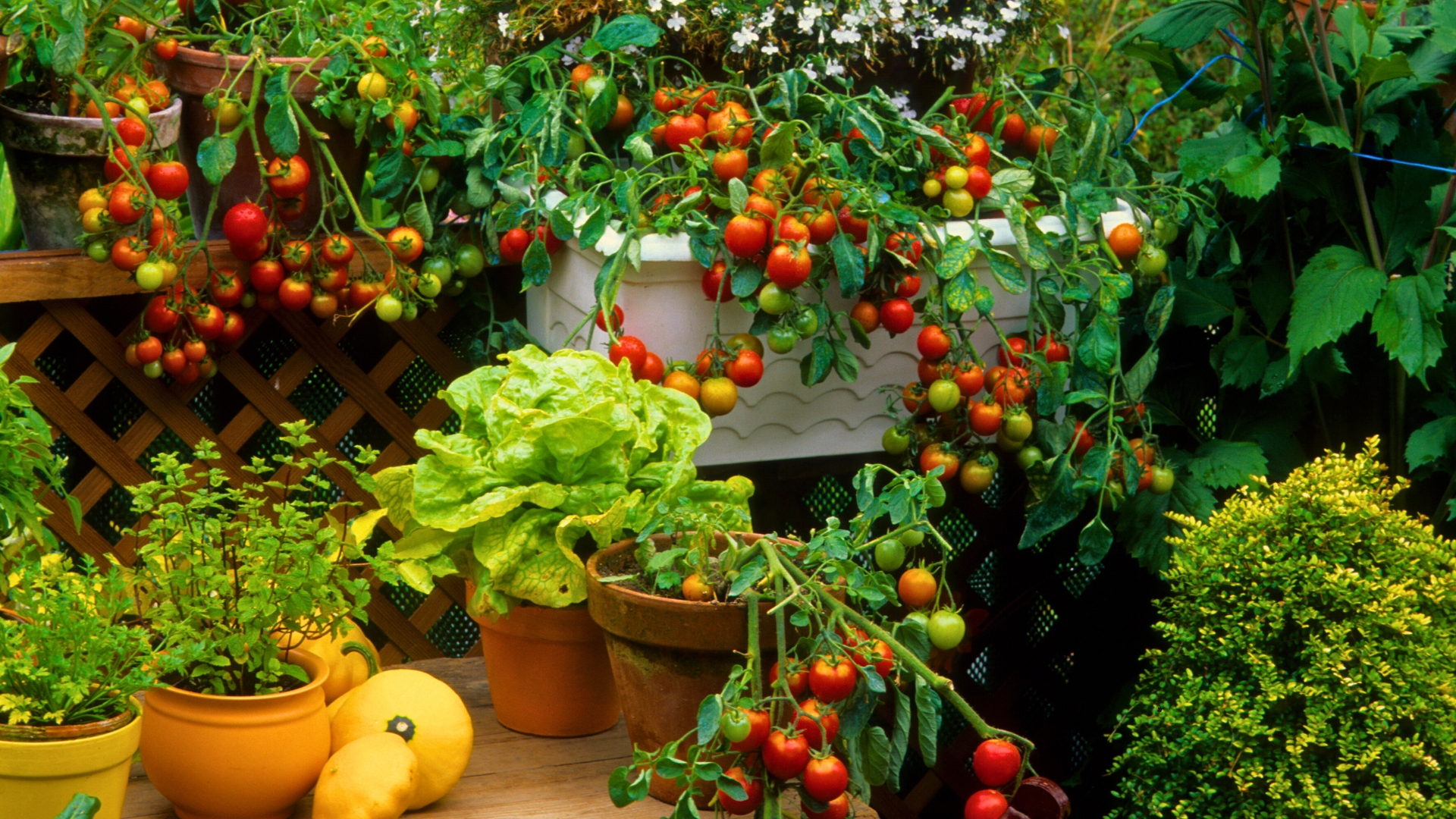Plant These 15 Vegetables At The Perfect Time For The Best Harvest
Timing your veggie planting just right can make all the difference between a so-so harvest and a bumper crop. I’ve learned that planting at the perfect moment helps veggies grow strong, tasty, and plentiful.
From crisp carrots to juicy tomatoes, each veggie has its own sweet spot to get started. With a little planning, you’ll be rewarded with a garden full of fresh flavors that make cooking a joy.
Let’s get those hands dirty and set up your garden for success!
1. Tomatoes: Summer’s Red Jewels
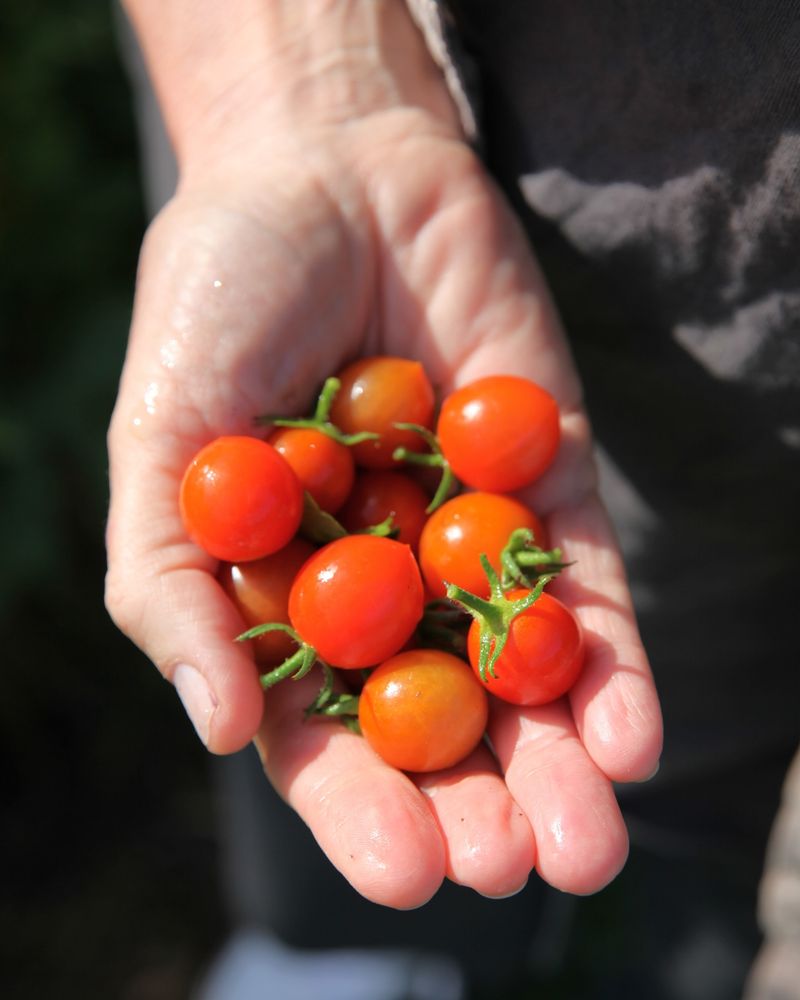
Wait until after the last frost date to plant these sunshine-loving fruits. Most gardeners get eager and plant too early, but patience pays off with tomatoes. The soil temperature should be at least 60°F for best results.
Start seeds indoors 6-8 weeks before transplanting to give them a head start. Once established, they’ll reward you with juicy fruits from midsummer through fall, depending on your variety and climate zone.
2. Carrots: Underground Treasures
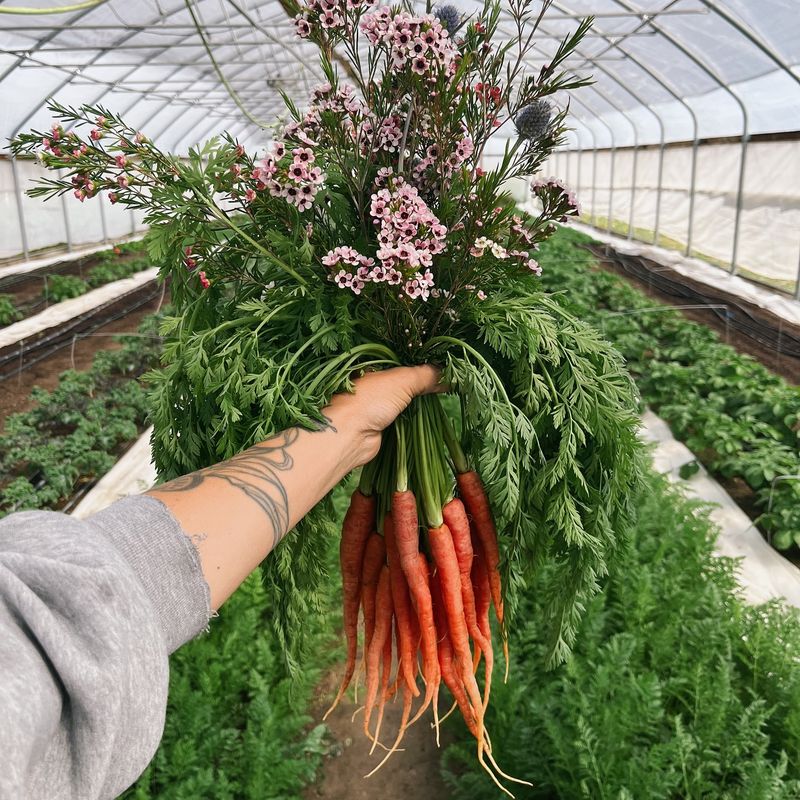
Early spring and late summer mark the ideal planting windows for these crunchy root vegetables. The key to success lies in the soil temperature – around 50°F is perfect for germination without bolting too quickly.
For a continuous harvest, try succession planting every 2-3 weeks. Sandy, loose soil without rocks will give you the straightest, most picturesque carrots that snap with freshness when pulled from the earth.
3. Bell Peppers: Colorful Capsicums
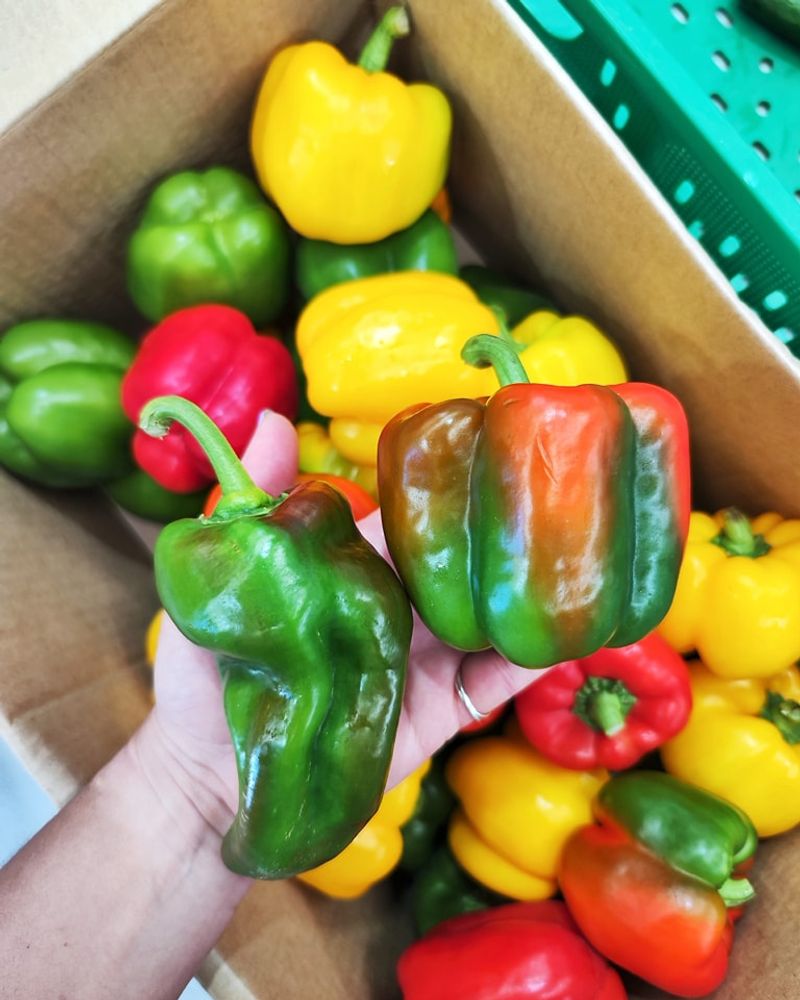
Similar to their cousins tomatoes, bell peppers thrive when planted after all danger of frost has passed. They require warm soil temperatures of at least 65°F and plenty of sunshine to develop their sweet flavors.
Starting seeds indoors 8-10 weeks before your last frost date gives these slow-growing plants the advantage they need. Your patience will be rewarded with a rainbow of peppers that transition from green to red, yellow, or orange as they mature.
4. Lettuce: Cool-Season Greens

Cool temperatures bring out the best in lettuce, making early spring and fall the perfect planting seasons. When soil temperatures hover between 45-65°F, seeds germinate quickly and plants grow tender, sweet leaves without turning bitter.
For the longest harvest window, plant small batches every two weeks. Heat-resistant varieties can extend your growing season, but even they appreciate some afternoon shade during the hottest months to prevent bolting and bitterness.
5. Cucumbers: Crisp Summer Delights
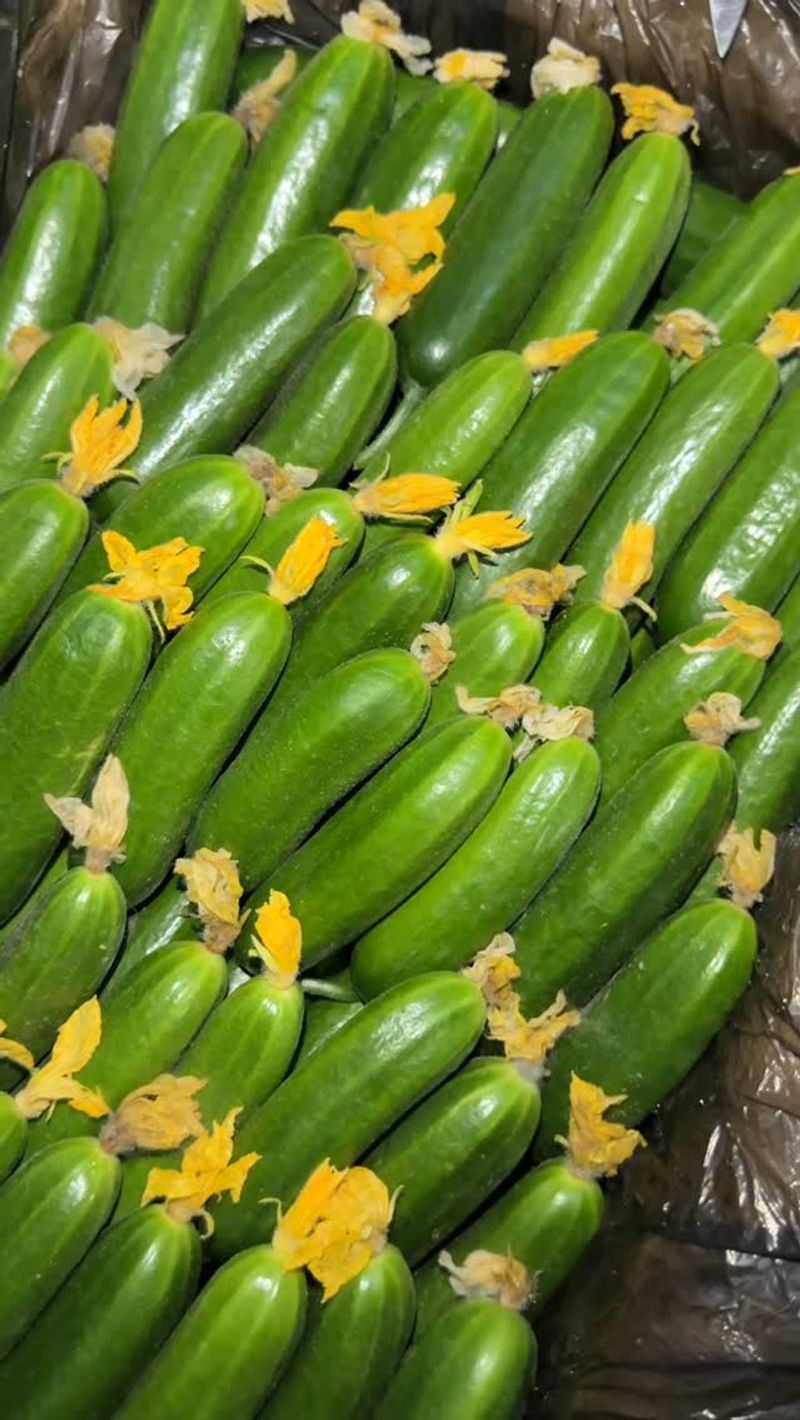
Summer wouldn’t be complete without these refreshing green treats. Plant cucumber seeds directly in the garden after soil temperatures reach 70°F – usually 2-3 weeks after the last frost date.
Give them something to climb for straighter fruits and better air circulation. With consistent moisture and warmth, you’ll be harvesting armloads of cucumbers within 50-70 days, perfect for salads, pickles, or eating straight from the vine.
6. Zucchini: Prolific Producers

Famous for their abundance, zucchini plants need warm soil to thrive – wait until temperatures reach 70°F before direct sowing. Just a few plants will provide more summer squash than most families can eat!
Plant them where they’ll receive at least 6 hours of sunlight daily. Harvest begins about 50 days after planting and continues relentlessly through summer. Remember to check plants every other day, as zucchinis can grow from finger-sized to baseball bat proportions surprisingly quickly.
7. Peas: Spring’s First Offering
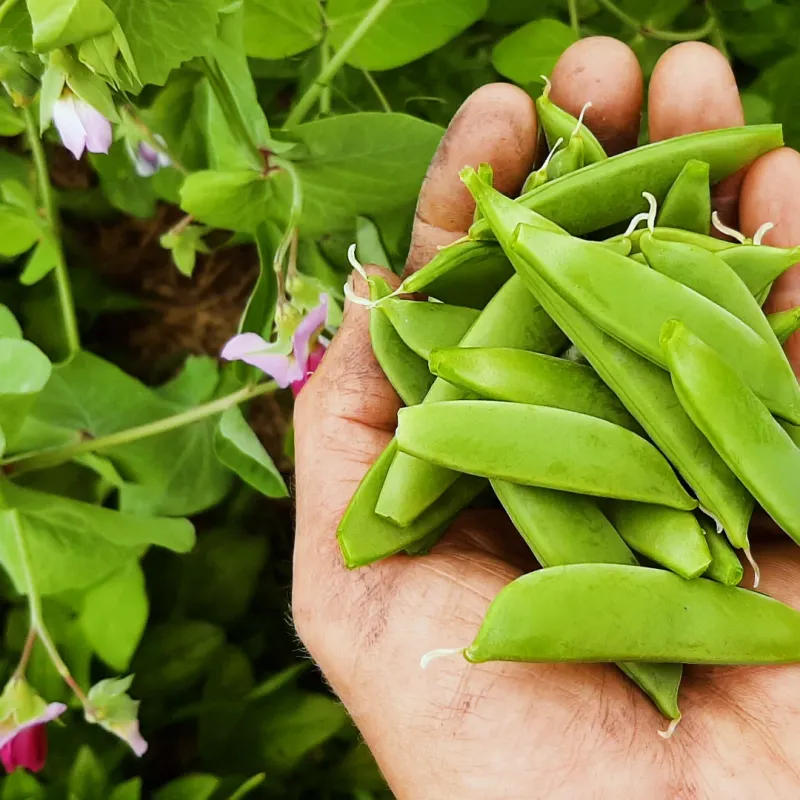
Nothing signals the start of gardening season like planting peas. These cool-weather champions can go in the ground as soon as soil can be worked in early spring – even tolerating light frosts with ease.
For best results, aim for soil temperatures between 45-65°F. Some gardeners even plant on Valentine’s Day as a tradition! Provide support for climbing varieties and harvest frequently to encourage continued production before summer heat brings their season to an end.
8. Broccoli: Cold-Hardy Favorite
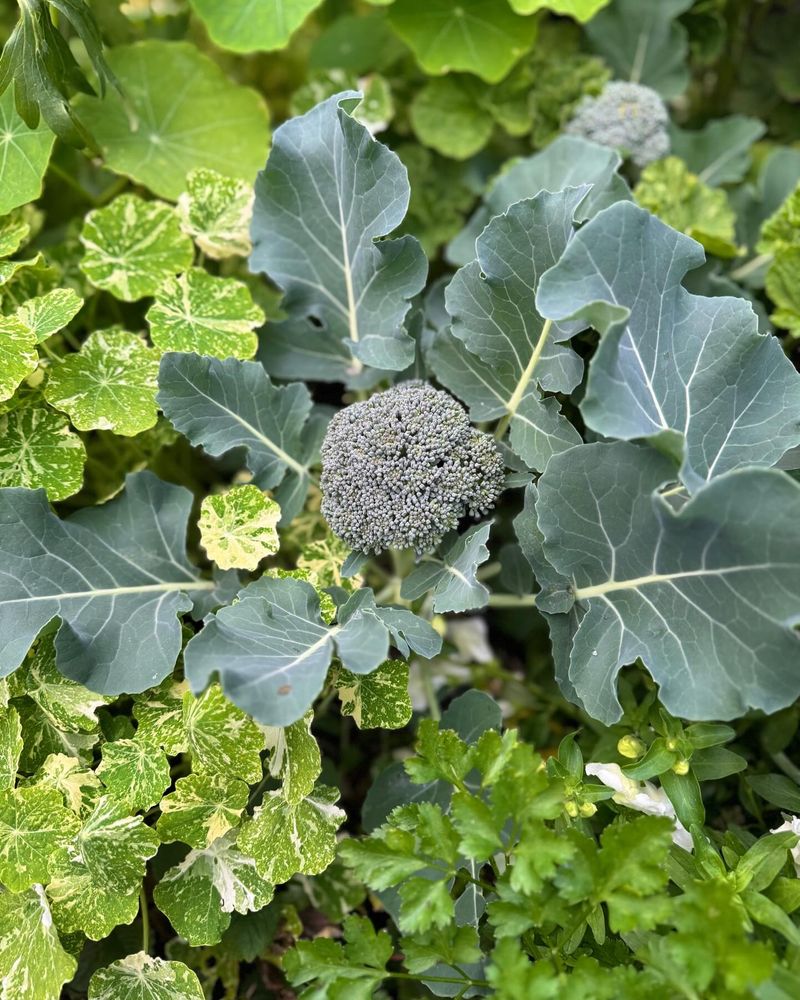
Fall harvests often produce the sweetest broccoli heads, as the vegetable develops best flavor when maturing in cooling temperatures. Calculate your planting date by counting back 85-100 days from your first fall frost.
For spring planting, start seeds indoors 6-8 weeks before last frost. Consistent moisture and temperatures between 60-70°F create the perfect growing conditions. Watch carefully for that perfect harvesting moment when heads are tight and dark green before flowering begins.
9. Onions: Long-Day vs. Short-Day
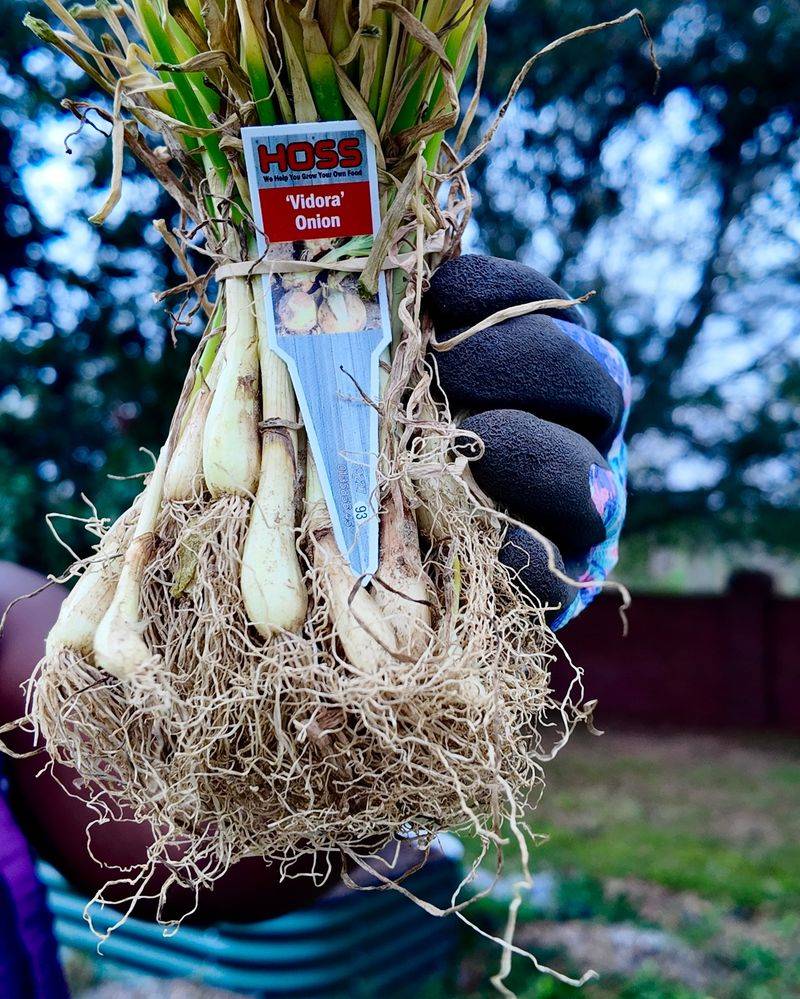
Understanding your latitude matters most when growing onions. Northern gardeners should plant long-day varieties in early spring, while southern regions succeed with short-day types planted in fall or winter.
Start from sets (small bulbs) for the easiest success, planting when soil temperatures reach about 50°F. Patience is key – onions take 90-120 days to mature fully. The reward comes when those green tops naturally fall over, signaling it’s time to harvest and cure your homegrown flavor bombs.
10. Potatoes: Underground Bounty

Early spring, about 2-3 weeks before your last frost date, marks ideal potato planting time. Soil temperature should reach at least 45°F, but cooler is better than too warm for these cool-season tubers.
Cut seed potatoes into pieces with at least two “eyes” per section and let them cure for 24 hours before planting. As plants grow, gradually mound soil around stems to encourage more tuber development. Harvest new potatoes early or wait until vines die back for storage potatoes.
11. Kale: Cold-Weather Superstar
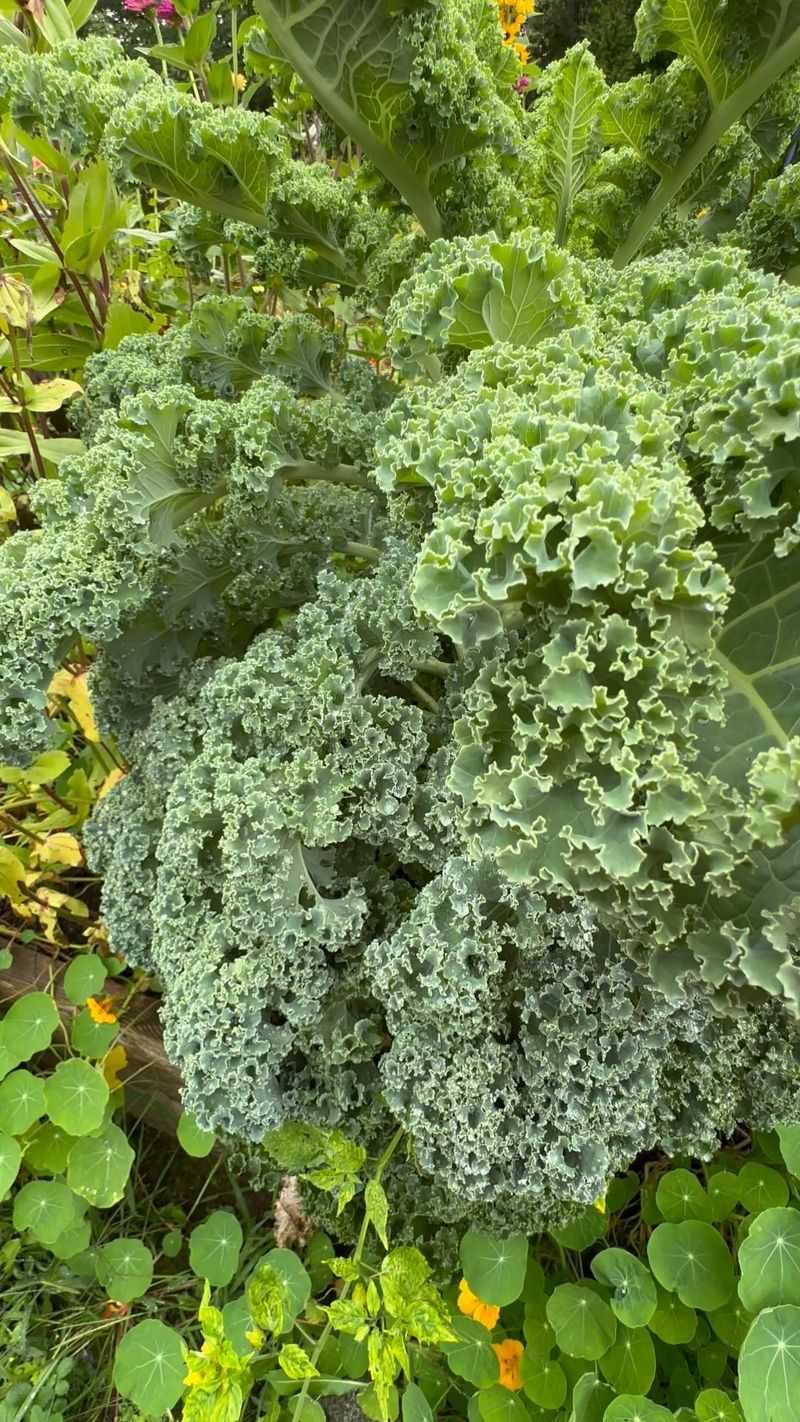
Frost actually improves kale’s flavor by converting starches to sugars – making fall the absolute best growing season. Start seeds in midsummer, about 10-12 weeks before your first expected frost for a fall and winter harvest.
Spring plantings work too, with seeds going directly in the ground 3-5 weeks before the last frost. The sweet spot for soil temperature falls between 55-75°F. With proper timing and some cold protection, you can harvest nutritious leaves throughout winter in many climates.
12. Green Beans: Vertical Space Savers
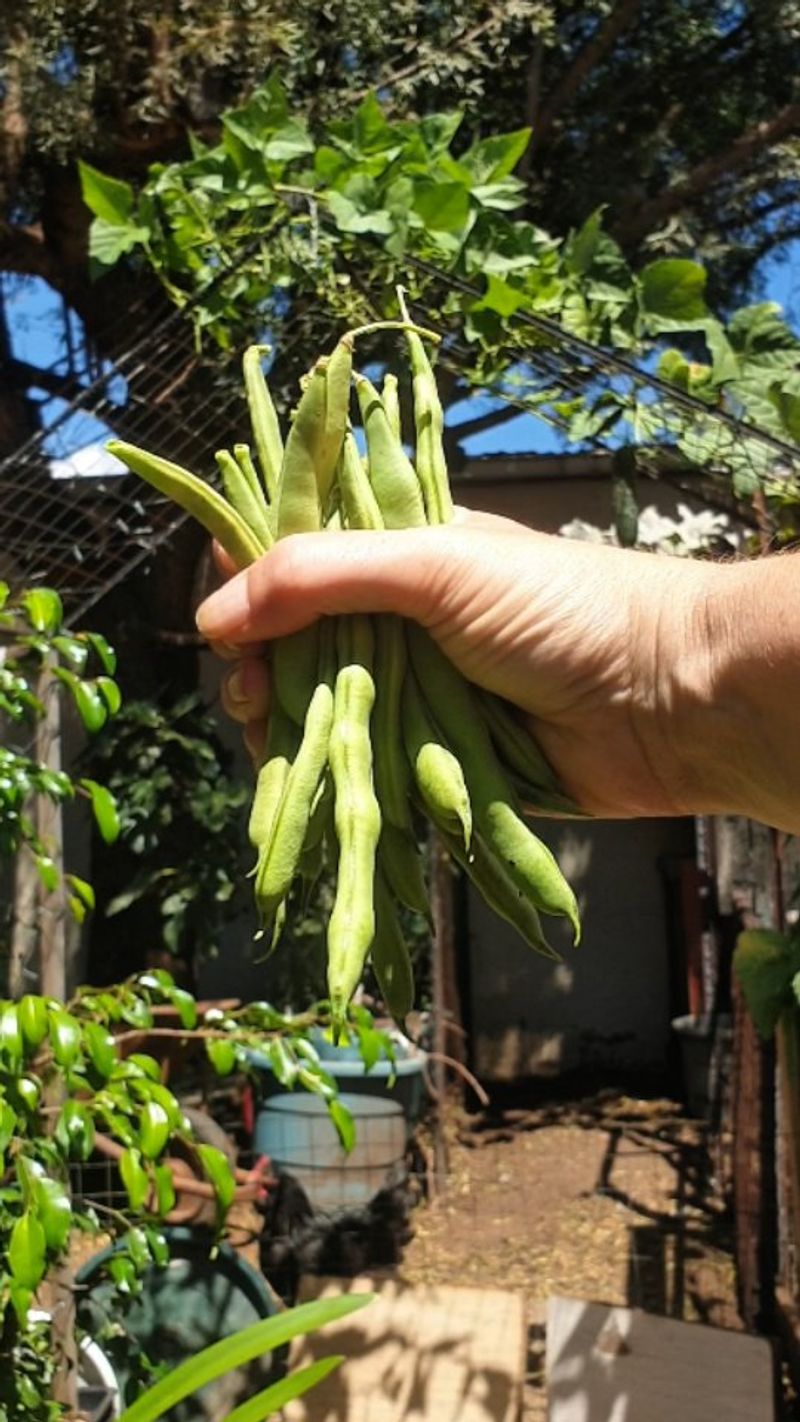
Warm soil is essential for these summer garden staples – plant only after soil temperatures reach at least 60°F and all danger of frost has passed. Direct sowing works best, as beans dislike root disturbance from transplanting.
Bush varieties produce earlier but pole beans yield more over time if you provide proper support. With consistent moisture and warmth, you’ll be picking tender pods within 50-60 days. For continuous harvests, plant new batches every 2-3 weeks until midsummer.
13. Radishes: Quick Spring Crop
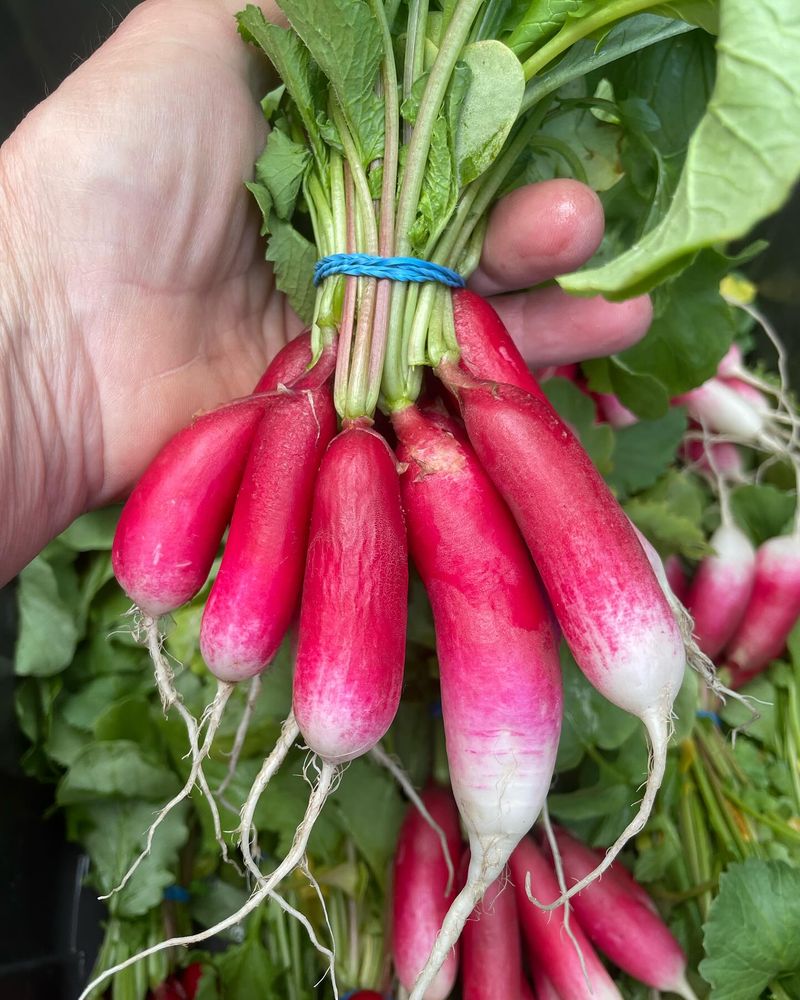
Speed champions of the garden, radishes go from seed to harvest in just 3-4 weeks. Plant them as soon as soil can be worked in early spring when temperatures reach 40-70°F for optimal growth and flavor.
Use them as row markers for slower-germinating crops like carrots. Their rapid growth makes them perfect for succession planting every 7-10 days. For a fall crop, sow seeds in late summer when the intense heat of midsummer has passed for crisp, mild roots.
14. Spinach: Bolt-Resistant Varieties
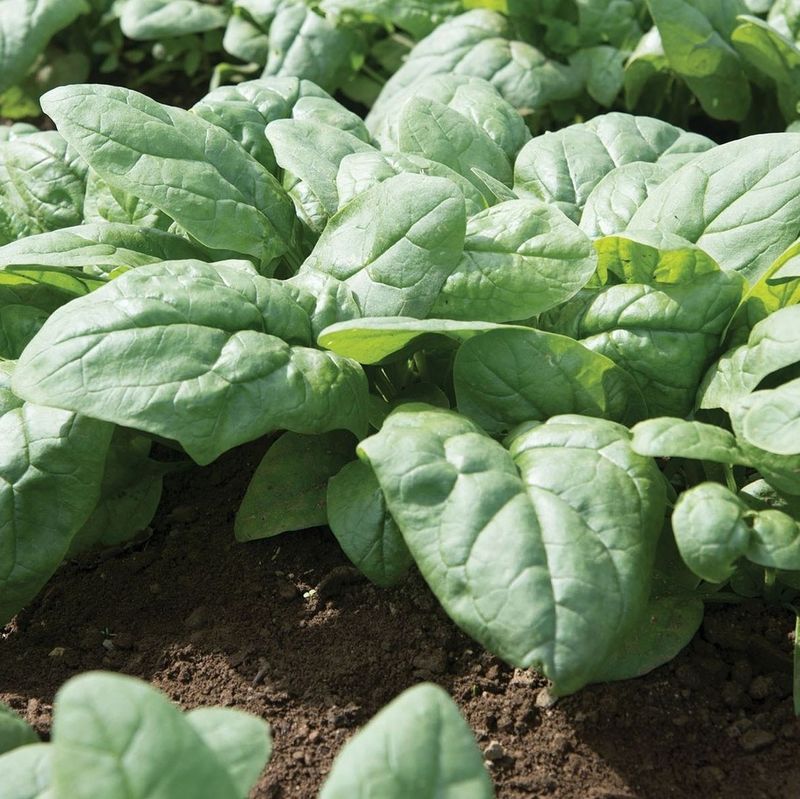
Early spring and fall provide the cool temperatures spinach craves – ideally between 40-75°F. Plant seeds 4-6 weeks before the last spring frost for an early harvest before summer heat arrives.
For fall crops, count back 6-8 weeks from your first frost date. Modern bolt-resistant varieties extend your growing season significantly. Harvest outer leaves regularly to encourage continued production, and consider providing afternoon shade during warmer periods to prevent premature flowering.
15. Sweet Corn: Summer’s Golden Treasure
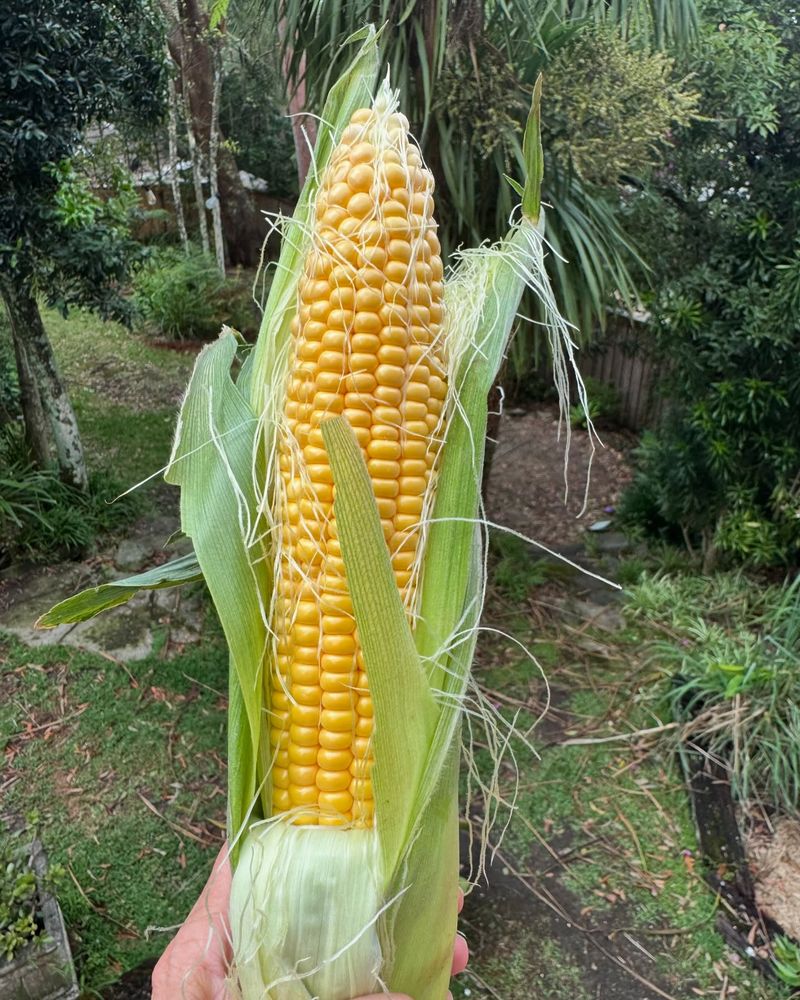
Patience pays off with sweet corn – wait until soil temperatures reach at least 60-65°F before planting, typically 2-3 weeks after the last frost. Cold soil leads to poor germination and stunted growth.
Plant in blocks rather than rows for better pollination, with at least four rows side by side. Different varieties mature at different rates (60-100 days), so check seed packets carefully. The perfect harvest moment comes when silks turn brown and kernels release a milky fluid when punctured.

